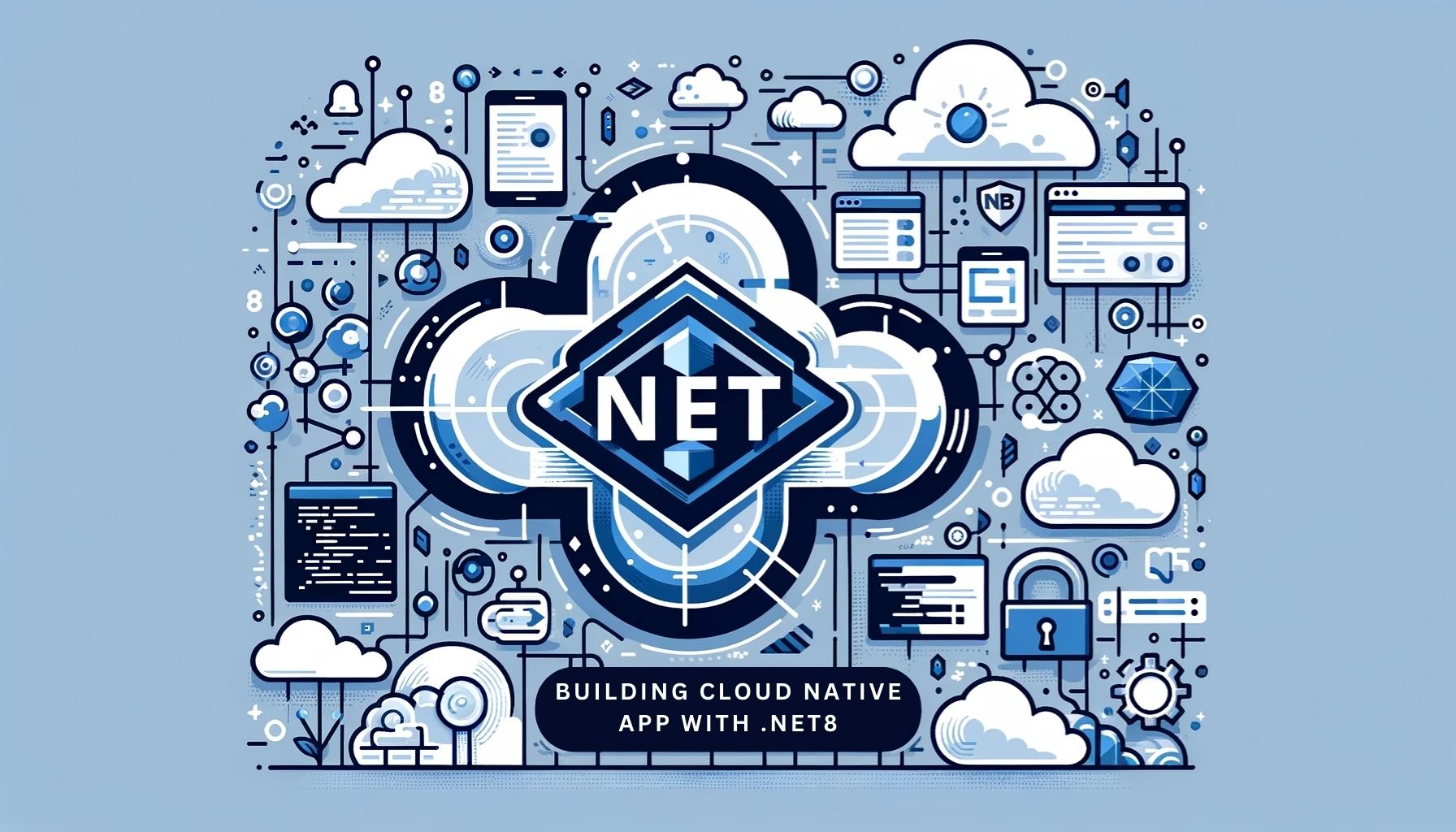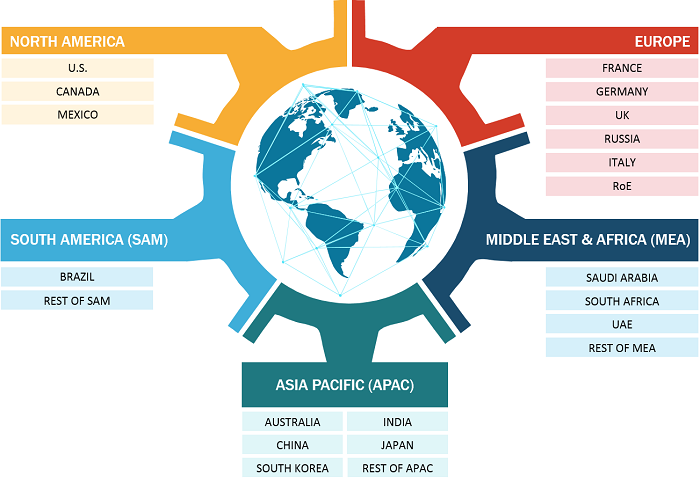In the fast-evolving landscape of software development, “cloud-native” is more than just a buzzword; it represents a significant shift in how applications are built, deployed, and managed. The emergence of .NET 8 marks a pivotal moment in this journey, offering developers a rich ecosystem to create robust, scalable, and efficient cloud-native applications. This article delves into the nuances of cloud-native app development using .NET 8 and explores its compelling features and tools.
Understanding Cloud Native Apps and Their Significance
Cloud-native applications are designed from the ground up for cloud environments. They leverage cloud computing’s flexibility, scalability, and resilience, offering a significant edge in modern software development. These applications are typically built using services that are fully managed and run on serverless architectures or containers.
Benefits and Challenges
-
Scalability: They can easily handle varying loads by scaling resources up or down.
-
Resilience: Designed for failure, these apps can quickly recover from crashes.
-
Observability: Enhanced monitoring capabilities allow for real-time tracking of performance and issues.
However, these benefits come with complexities related to distributed systems, network latency, and data consistency.
.NET 8: A Game Changer for Cloud Native App Development
.NET 8 introduces revolutionary features and tools such as .NET Aspire, Native AOT, SDK Container Builds, and Azure Developer CLI, all designed to streamline cloud-native development. These tools address the complexities and empower developers with more straightforward workflows and enhanced performance.
Prerequisites for .NET 8 Cloud Native Development
Before diving into .NET app development, ensure that your environment is set up with the latest version of .NET 8. You can find detailed installation and configuration instructions on the official .NET 8 documentation and the .NET Aspire blog.
Creating a Cloud Native App with .NET 8 and .NET Aspire
.NET Aspire simplifies cloud-native development by offering a curated stack of components and services. To create an app:
-
Use the dotnet CLI or Visual Studio to initialize a new project.
-
Choose the appropriate templates and configurations for a cloud-native setup.
Include code snippets and screenshots here to guide you through the app creation process.
Developing with .NET 8 and .NET Aspire
Developing a cloud-native app involves using .NET 8 and .NET Aspire features like service discovery, telemetry, and resilience. Notably, the hot reload and hot restart features enable changes without full rebuilds or restarts.
Illustrate this process with code snippets and screenshots, highlighting the ease and efficiency of development.
Deploying Your App
Deployment in cloud-native environments can vary depending on the target platform (Linux, macOS, Windows, Azure). .NET Aspire provides tools like a dashboard and Azure Developer CLI for managing deployments.
Provide a step-by-step guide with code snippets and screenshots for deploying an app in various environments.
Conclusion
.NET 8 and .NET Aspire collectively offer a robust platform for building cloud-native applications. They address the common challenges in cloud-native development and provide tools and features that enhance productivity, scalability, and resilience. As the cloud continues to evolve, .NET 8 stands as a testament to Microsoft’s commitment to staying at the forefront of cloud-native application development.




